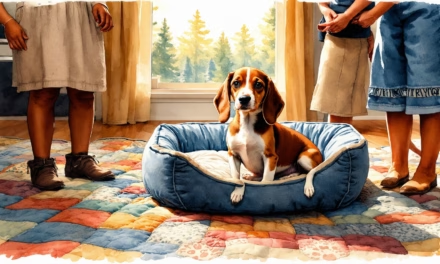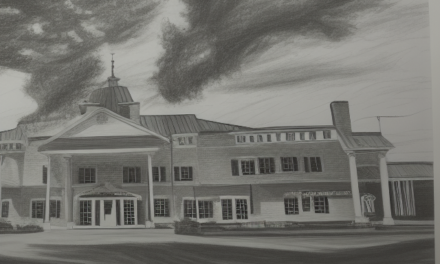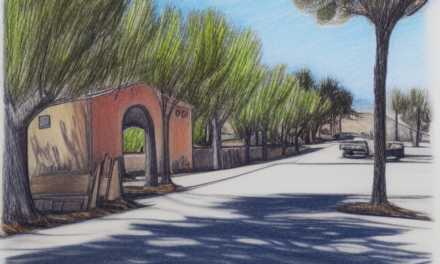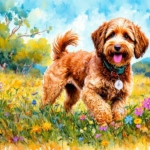If you are looking for a sturdy cat with a beautiful winter coat, you should consider the Maine Coon. This breed is big, rough, and has a long, shaggy coat. Originally, it was bred to hunt mice on farms in the cold climate of Maine. The breed standard calls for a medium to large-sized body with a broad chest. Their medium-length, round paws also make them excellent snowshoes during the winter.
Thick undercoat
The thick undercoat of a Maine Coon cat helps to protect the cat from the cold weather. The undercoat grows on the cat’s lower neck, underside, and sides to keep them warm. The coat is glossy and semi-water-resistant. There are a variety of colors and patterns in which a Maine Coon can be found. Although the classic tabby color is the most common, you can also find a variety of other colors.
The summer coat of a Maine Coon is less dense than its winter coat. They shed more in the warmer seasons, and rarely shed in the winter months. This helps regulate their body temperature by trapping cool air near their body. The thick undercoat also discourages surface brushing and traps body warmth.
Large tufted ears
If you are planning on getting a Maine Coon as a pet, the best way to know what to expect is to pay close attention to its ears. They are one of the most distinctive features of this breed. Their ears are like those of a bobcat, with large tufts of fur at the end. This breed is thought to have inherited this trait from wild bobcats that live in Maine. These ears give the Maine Coon a regal look and are considered part of the breed standard.
These ears are called lynx tips, and grow from a point at the top of the ear. Some Maine Coons have long lynx tips, while others have tufts that are not as prominent. The tufts on the ears are not just decorative; they are functional for keeping the ears warm in winter.
Maine Coons also have long tufts of fur inside their ears. These tufts protect the ears from the cold and also prevent debris from entering their sensitive inner ears. The length and thickness of these tufts are dependent on breeding and environment. Ideally, they should extend beyond the outer edge of the cat’s ears.
The Maine Coon is a large, rugged cat native to North America. It has a long, thick coat, large tufted ears, and a very long, bushy tail. It has a strong, robust body, and is known for its ability to jump tall distances. It also has a very affectionate personality.
A Maine Coon is highly adaptable and loves to live with its human family. They can be very helpful but are cautious around strangers. Their temperament can also make them suspicious of other pets and children. They must be kept indoors to avoid exposing their young kittens to dogs. They may be playful but can be dangerous when they play rough and tumble with other pets and people.
The Maine Coon is one of the largest cats and requires more space than the average cat. It will take up more space on your couch than the average feline. If you have a large family, you may want to consider adopting a Maine Coon as a pet.
Lack of shedding
Maine Coons shed seasonally, but their coat is usually longer than cats’. The coat sheds more often in warmer climates than in cold ones. The condition of a Maine Coon’s coat can also be affected by the diet it is fed. It is best to brush the Maine Coon’s coat daily to prevent tangles and prevent hairballs.
It is essential to give your Maine Coon cat fresh, clean water every day. A diet high in omega-3 and omega-6 fatty acids helps minimize shedding. Also, make sure to keep the litter box clean. If you notice excessive shedding, consult with your veterinarian. It may be an indication of an underlying health issue.
The Maine Coon has a double coat that acts as a thermal regulator. This double layer helps regulate heat and humidity. Like other double-coated breeds, the amount of shedding depends on several factors. Diet, heredity, temperature changes, and sunlight exposure can all influence the amount of shedding. Regular brushing, combing, and brushing can minimize the effect of shedding. In addition to daily brushing, regular brushing will help prevent hairballs and mats. Although Maine Coons shed a lot, it’s necessary for their healthy coat.
While the Maine Coon winter coat should shed minimally, the shedding can affect your clothes and furniture. As a large breed, the Maine Coon has evolved in cold climates, and its coat is thick and double-layered to keep the cat warm and dry. The inner layer of fur traps air and the outer layer is a waxy medium-length coat that acts as a protective blanket.
A Maine Coon’s coat may be prone to itchiness and watery eyes. It’s best to consult a veterinarian about any problems involving the coat. Some of these problems may be caused by allergies, fungal infections, and burns. If not treated quickly, the underlying cause of shedding can lead to uncomfortable symptoms for your pet.
In addition to excessive shedding, the Maine Coon’s coat can also suffer from bald patches. While this is a normal part of a Maine Coon’s lifestyle, excessive hair loss can be a sign of underlying health issues.












